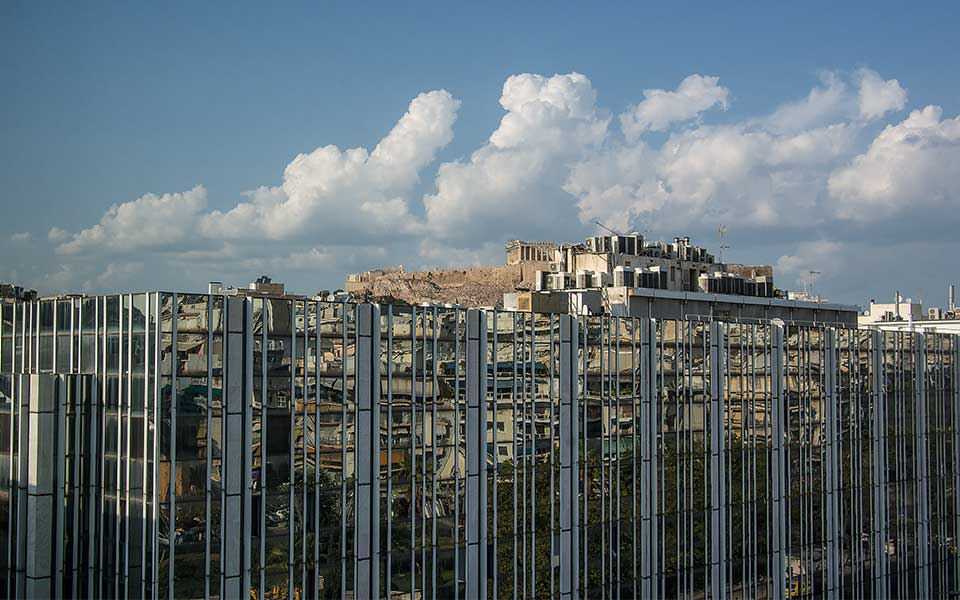The Greek art scene is blossoming for what seems like the umpteenth time in the past five years – and this despite the pandemic. We have more exhibitions to look forward to than ever, major international galleries opening branches in Athens and artist-run and managed spaces popping up in all sorts of unusual places in the city center.
What’s more, the National Museum of Contemporary Art (EMST) is finally completely open for business (or will be after the current lockdown), the Basil and Elise Goulandris Foundation has endowed the city with a modern art collection equal to those of other capitals, and foreign artists and curators are increasingly choosing Greece as their place of residence.
Does all this activity paint a true picture of the art scene? Are we reading too much into it? Is it, perhaps, merely indicative of the international market’s need to discover an exciting new art destination every so often?
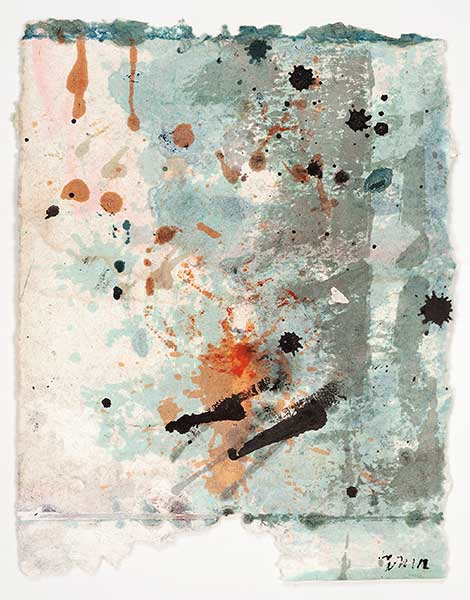
© 2020 Brice Marden/Artists Rights Society (ARS), New York Courtesy Gagosian
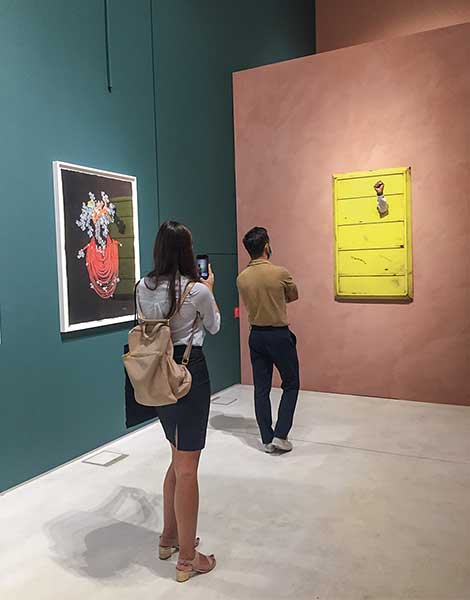
IS THE “NEW BERLIN” GETTING OLD?
A narrative about art in Greece started to emerge in 2015, in anticipation of the world-renowned Documenta exhibition in Kassel and Athens and in combination with the Greek economic crisis. It featured keywords like “dynamism,” “creative energy” and “cosmopolitanism.” As a rule, it was accompanied by negative associations – chaos, austerity, ruins, tear gas, the refugee crisis – painting a picture that was already familiar from other cities: a sense of decline, marginalization and “living dangerously,” albeit from a position of safety.
Poor but sexy, Athens was “new Berlin.” This image was framed by stunning ancient monuments, friendly people, Mediterranean landscapes and irresistible beaches. None of that is a lie. “Athens was and is a fascinating city with an incredible energy,” says Christina Androulidaki, an art historian and owner of the gallery CAN.
“But the comparison with other cities is misguided. Athens is Athens, Berlin is Berlin and New Delhi is New Delhi. If we’re talking about cheap rent that helps the creation of an art center, as was once the case in Berlin, that is true. After Documenta, artists started moving to Athens because they felt an interesting energy and could rent studios without having to worry about whether they’d be able to afford their overhead.
“Nevertheless, most of them continue to work outside Greece. They don’t sell here and most of them don’t exhibit in Athens either. There is no real interaction, basically. They’re sort of cut off, living a bit like hermits, taking advantage of the sun, the good food and the cheap rent. That’s miles away from being able to define Athens as… an evolving art hub – unless we mean [one] in the very early stages of evolution.”

© Thalia Galanopoulou

DIAMOND IN THE ROUGH?
Athens is not a global center of the arts, but something has certainly changed. Its art scene, at least, has become much richer and more multifaceted. The current abundance of state institutions, private museums, artist-run project spaces, commercial galleries and art actions in public spaces, together with a robust culture of artistic cooperation, is something we did not have before.
Kostas Tzimoulis and Vassilis Noulas, who belong to the art collective Eight – a space in central Athens that seeks to combine critical intervention with artistic practices – give us their take: “The past few years have seen a plethora of activities and initiatives related to the visual arts, which points to an effort for more communication and a mix of different fields, artists and practices. Apart from the big institutions, independent spaces and projects pop up with a spontaneous effortlessness that did not exist before, and, regardless of whether they last, they contribute to the creation of a multifaceted landscape.”
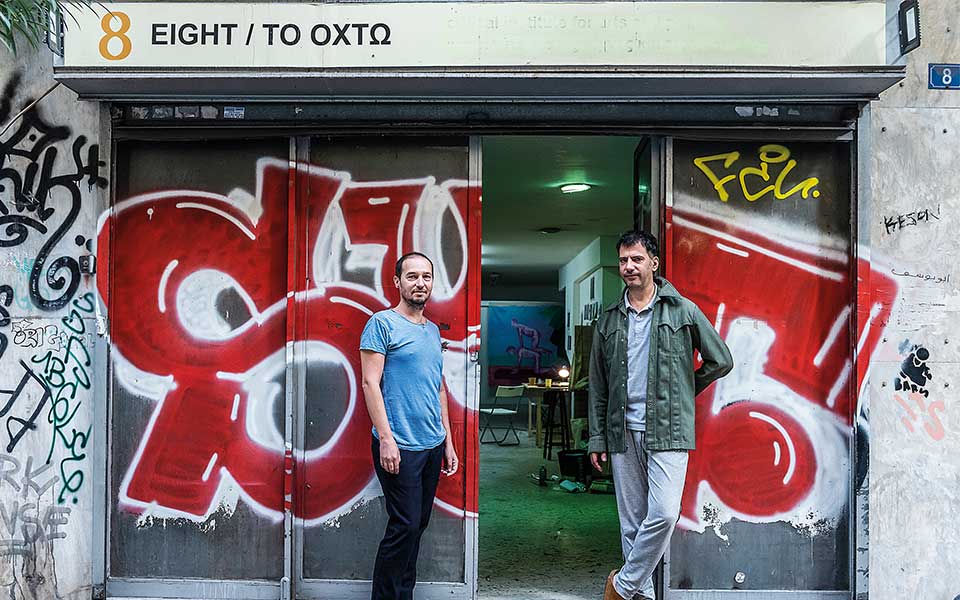
© Thalia Galanopoulou
Today, Athens has a more comprehensive and interesting art scene to offer its residents and visitors. There’s the EMST, the museum of the Basil and Elise Goulandris Foundation (which has been around for about a year now, showcasing its world-acclaimed collection), the ever-active Benaki Museum on Pireos Street and the important temporary exhibitions organized by the Museum of Cycladic Art in its Stathatos Mansion wing. Come spring, the renovated National Gallery will also finally reopen its doors.
In addition, there are the often unexpected and important interventions in urban spaces by the NEON cultural organization, as well as its vital support for the initiatives of many Greek artists. There are the international collaborations of the DESTE Foundation, too, and a multitude of exhibitions and actions by major private institutions, such as the Onassis Cultural Center and the Stavros Niarchos Foundation Cultural Center.
There’s also the resilient Athens Biennale, and the activation of spaces belonging to the City of Athens, an initiative originally spearheaded by Denys Zacharopoulos and now continued by Christoforos Marinos. And there are, of course, many private galleries who’ve been battling to survive in a particularly difficult environment for the past decade or so; they often show some very interesting exhibitions involving a broad range of artists and mediums.
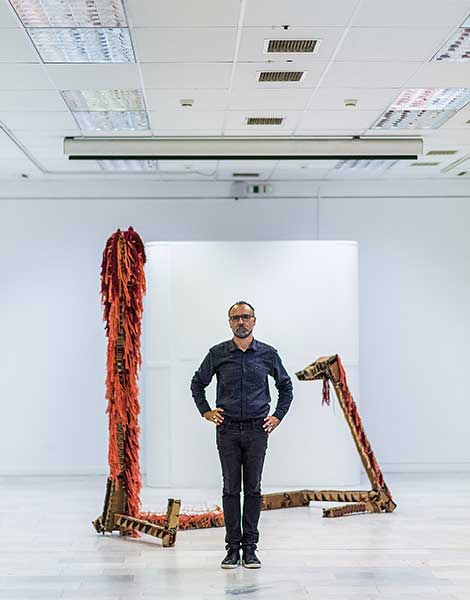
© Thalia Galanopoulou

DO-IT-YOURSELF
A relatively new trend – one which stems, to a degree, from the economic crisis and the albeit temporary international interest it drew to the Athenian scene – concerns independent groups, collectives, and small non-profit spaces run by young artists and curators. Initiatives such as Radio Athens, State of Concept, A-Dash, 3 137, Grace, Tavros, Akwa Ibom, and Arch present interesting work, spark surprising new dialogues, provide platforms for a diversity of voices, and encourage cross-sectoral and interdisciplinary synergies at both the local and international level.
Such initiatives enrich the cultural landscape and are, therefore, valuable. But are they perhaps operating with little support, appealing only to a small and specialized audience? Are they idealistic endeavors destined to fizzle out, or are they capable of achieving creative longevity?
According to Christoforos Marinos, curator of exhibitions and activities for the Organization for Culture, Sports & Youth (OPANDA) of the City of Athens, “Whether this model is sustainable or not can only be answered by the artists and curators who run these spaces. I personally believe they are necessary, because they enrich and help shape the local ‘arts ecosystem.’ Two of the best exhibitions I saw this year were the solo shows of Kostas Tzimoulis and Myrto Xanthopoulou in the independent art space Eight. If there’s one thing I think is missing from these independent spaces, it is experimentation. I would like them to be more interventionist, to take even more risks with their choices.”
Speaking of such spaces, Noulas and Tzimoulis note: “This has become common international practice in recent decades, and – for Greece – it is additionally connected with the ‘crisis as opportunity’ way of thinking and a DIY mentality. These spaces are often also open to the people of the neighborhoods where they’re located. But let’s not generalize: every space is a separate case in terms of its composition, aims and viability.”
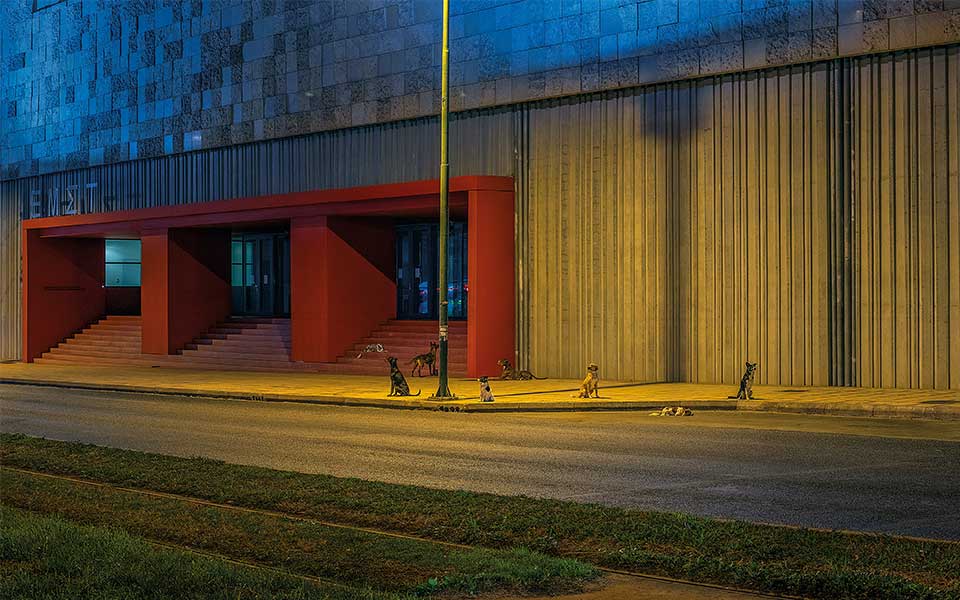
IMPORTS – EXPORTS?
In the age of globalization, when the world’s art capitals are becoming ever more homogenous, Greece holds the promise of something different. Athens is not as saturated as London or Barcelona, nor does it have the restrictions on liberties of Istanbul, nor the dangers of Beirut. It combines the elements of creative freedom, history and dynamism. With Documenta – and the international exposure that came with it – Athens appeared to momentarily acquire a more prominent position on the European art map.
There is no doubt that many of the collaborations and bonds that were formed during the international event continue to be maintained, and that Documenta brought a lot of international attention and made Greece feel, at least momentarily, less like an outsider.
The real question, though, is did the foreign journalists and critics really substantively explore the art being produced in Greece? Did they reach out to local artists? Did they, in fact, do what the title of the event, “Learning from Athens,” suggested that they do?
“There was something completely colonial about the way Athens was treated and presented. The exhibitions, moreover, did nothing to really impact the Greek art scene; there was no real interaction with the ‘here.’ Documenta’s legacy was ultimately a mirage – like a rich aunt who everyone hopes to get an inheritance from when they die, but who in the end leaves them all with nothing,” says Androulidaki.

The arrival in Piraeus of design pioneer Carwan, the presence in Kolonaki of Allouche-Benias and the planned relocation of that industry giant, Gagosian, to a new building are signs pointing to an optimistic mood and to interest in investing in Athens. But while they may make art-lovers’ outings more pleasant, they do not mean a great deal for Greek artists and the local market.
“Domestically, international artists are doing well.” This phrase perhaps sums up the Athenian art scene. But what about outside Greece? Do Greek artists have a presence on the international scene?
Christoforos Marinos has no illusions: “Greece’s position on the international art scene is not what it deserves. While we have very good artists – some with an active presence abroad as well – we fail when it comes to promotion mechanisms. The Athens Biennale has contributed quite a lot in the field of promotion and networking with foreign institutions and curators, but Greek collectors also need to help. Let me remind you that some of them are also on the boards of major museums.
“How long do we have to wait to see a major European museum host a retrospective on Vlassis Kaniaris, Nikos Kessanlis, Chryssa Romanos or Giorgos Lappas? Rena Papaspyrou is just as good as Füsun Onur, who is widely known. The only difference is that Turkish curators and museum directors understand the importance of cultural diplomacy, which is something we know absolutely nothing about.”
Noulas and Tzimoulis agree: “Being outward looking is not as easy as it sounds. It takes a state cultural policy that is organized, targeted and designed for the long-term support and promotion of the contemporary art scene. Having a pavilion at the Venice Biennale is obviously not enough. What we’re talking about is something completely different, something much more comprehensive and systematic, and, chiefly, something that until recently we seemed to be indifferent to.
“Nevertheless, compared the past, we’re seeing a lot more activity and a growing trend of being more outward looking on the local art scene, which may be related to all the different alternative networks available today, to the foreign ties formed by artists and theorists who have studied abroad, and to the drive and ambitious initiatives of private foundations as well. We hope these signs become more prevalent and, most importantly, that they become a part of the framework of a state policy endowed with continuity, vision, cohesion and resources.”

THE ELEPHANT IN THE ROOM
So, what conclusions can we draw? That art will survive but artists will not? What are the chances of survival for a Greek artist today? Are we going to have amazing contemporary art spaces that are devoid of Greek contemporary artists?
Right now – with the pandemic exacerbating inequalities of opportunity in Europe – providing Greek artists with support may well determine the future of the entire art community. “We have amazing artists but we don’t do very much for them,” says Yerassimos Yannopoulos, a lawyer, art collector and well-informed observer of the art scene.
“And how can we when we don’t even have a market? We must be the only country in the world whose biggest art fair [Art Athina] needs to be funded by the Ministry of Culture because the local market can’t even cover the cost of galleries’ participation. In Brussels – just to illustrate the point – there are around a thousand local collectors who buy at least one piece a year. The present political leadership, at least, is disposed to improving the climate, and the measures it’s proposing are steps in the right direction.”

Kostis Velonis, a sculptor with a dynamic presence in Greece and abroad, adds another layer to the discussion. “Market conformism can have a negative impact on the work being produced. Scant production – arising from systemic economic hardship, which has only been made worse by the pandemic – is not the only thing that makes artists ‘disappear.’ There are also the chimeras of ‘success.’ The production of aimless work, created solely to meet the galleries’ exhibition commitments, leads nowhere.”
Athens’ artists have to contend with chronic problems and obstacles. However, it is precisely because of these enduring difficulties and uncertainties that the art world is better prepared to meet new challenges head-on. The city’s art landscape appears to be changing in a dynamic fashion, promising, at the very least, that the next phase will be anything but boring.
This article first appeared in the print issue Greece Is Athens Winter 2020-2021 with the title “Rising, Again: Art in Athens”. The magazine, along with other past issues, is available for order at our eshop.

